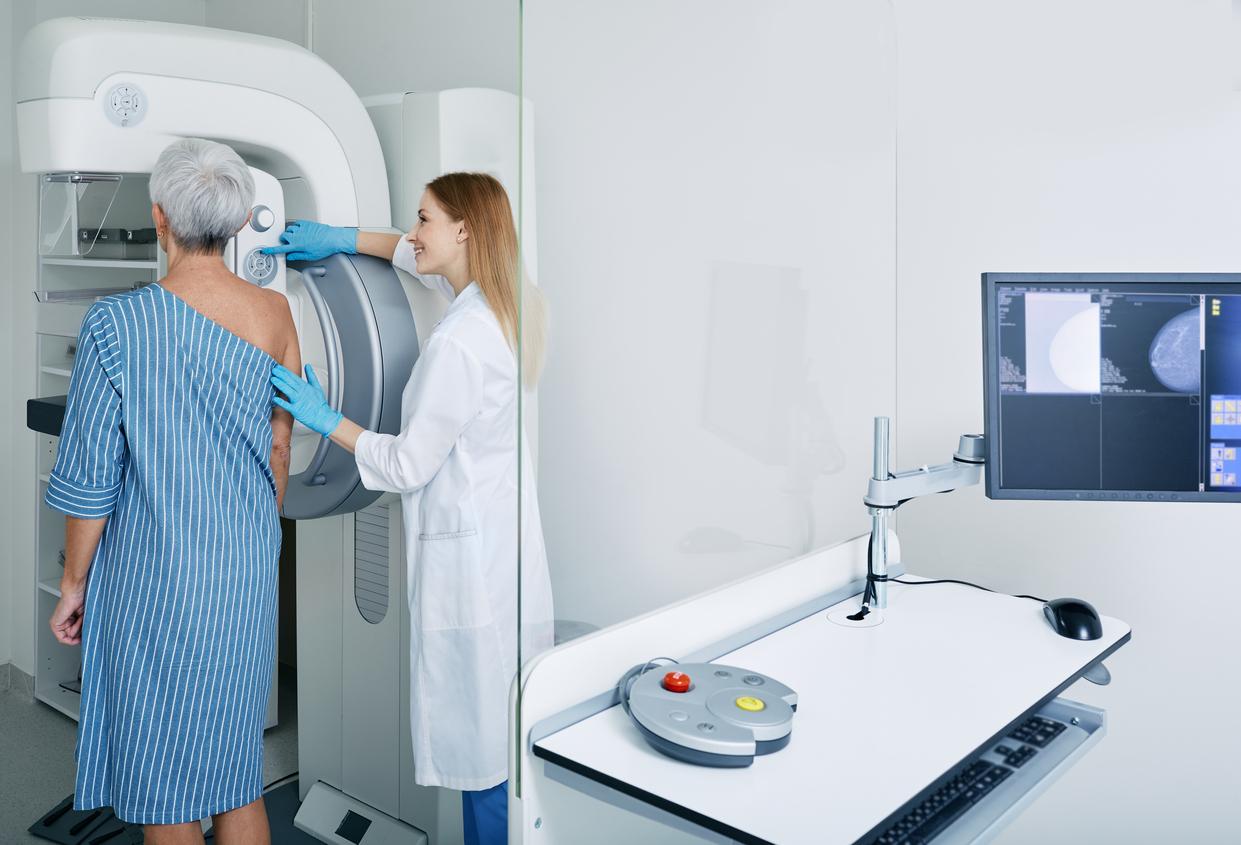Thanks to artificial intelligence, Swiss researchers have succeeded in developing a method capable of predicting in advance respiratory failure in patients in intensive care.

- Respiratory failure puts critical care patients at life risk
- The analysis of patient data would make it possible to predict this worsening of their condition several hours in advance.
A intensive care unit (USI) is a hospital service that provides substitute care for acute failure. This structure, between the intensive care units and the continuous care units (USC), supports a single failure over a limited period.
Doctors and nurses constantly monitor their patients’ vital signs: pulse, blood pressure, blood oxygen saturation… If there is a lot of information, predict the evolution of the patient’s condition or detect changes early enough their life in danger remains a real challenge. However, a new study could change that. According to work published on March 9 in the review NatureSwiss researchers have succeeded in developing a method that intelligently combines a patient’s various vital signs with other medically relevant information.
The fusion of these data would thus make it possible to predict respiratory failure (inability of the respiratory system to correctly assume its role in correct oxygenation of the blood) criticism several hours before the latter occurs. Ultimately, the researchers would like to be able to use this method to assess the vital signs of hospitalized patients in intensive care in real time so that medical personnel can have an early warning system allowing them to take appropriate measures in advance.
“Today, we have to deal with a multitude of alarm systems”
Here, the researchers worked with data from the department of intensive care medicine at the University Hospital of Bern (Switzerland). The information, anonymous, came from 36,000 admissions to intensive care units, patients having previously agreed to transmit it for future research. Scientists analyzed them with machine learning methods. “The algorithms and models we developed were able to predict 90% of all respiratory failures in the data set we used. In 82% of cases, the prediction arrived at least two hours in advance, which would have given doctors at least two hours to intervene”enthuses Gunnar Rätsch, professor of biomedical informatics at the Swiss Federal Institute of Technology in Zurich (Switzerland).
For each patient, the researchers had several hundred variables, combined with other medical information. “However, we were able to show that only 20 of these variables are enough to make accurate predictions. These include blood pressure, pulse rate, various blood values, age of the patient and the medication administered”explains Karsten Borgwardt, professor of data mining at ETH Zurich.
Development work is planned
To further improve the quality of the predictions, the researchers now plan to incorporate patient data from other major hospitals into future analyses. They would also like to be able to make all the data, algorithms and models available to other scientists.
“Prevention of respiratory failure is a crucial aspect of the treatment of patients in intensive care. Even short periods of circulatory failure significantly increase patient mortalitysays Tobias Merz, research associate and former chief physician in the department of intensive care medicine at the University Hospital of Bern. In intensive care units today we have to deal with a multitude of alarm systems, but they are not very precise. Often they trigger false alarms or give us only a little advance notice, which can delay the initiation of adequate measures to support patient flow”he continues.
Eventually, this new technique could make it possible to reduce the number of alarms by 90%, replacing the many that currently exist with a few that are much more relevant and reactive. However, development work still needs to take place to refine this method. If the first prototype already exists, its reliability must be demonstrated in clinical studies before it can be used in daily practice.
.



-1740653386.jpg)













